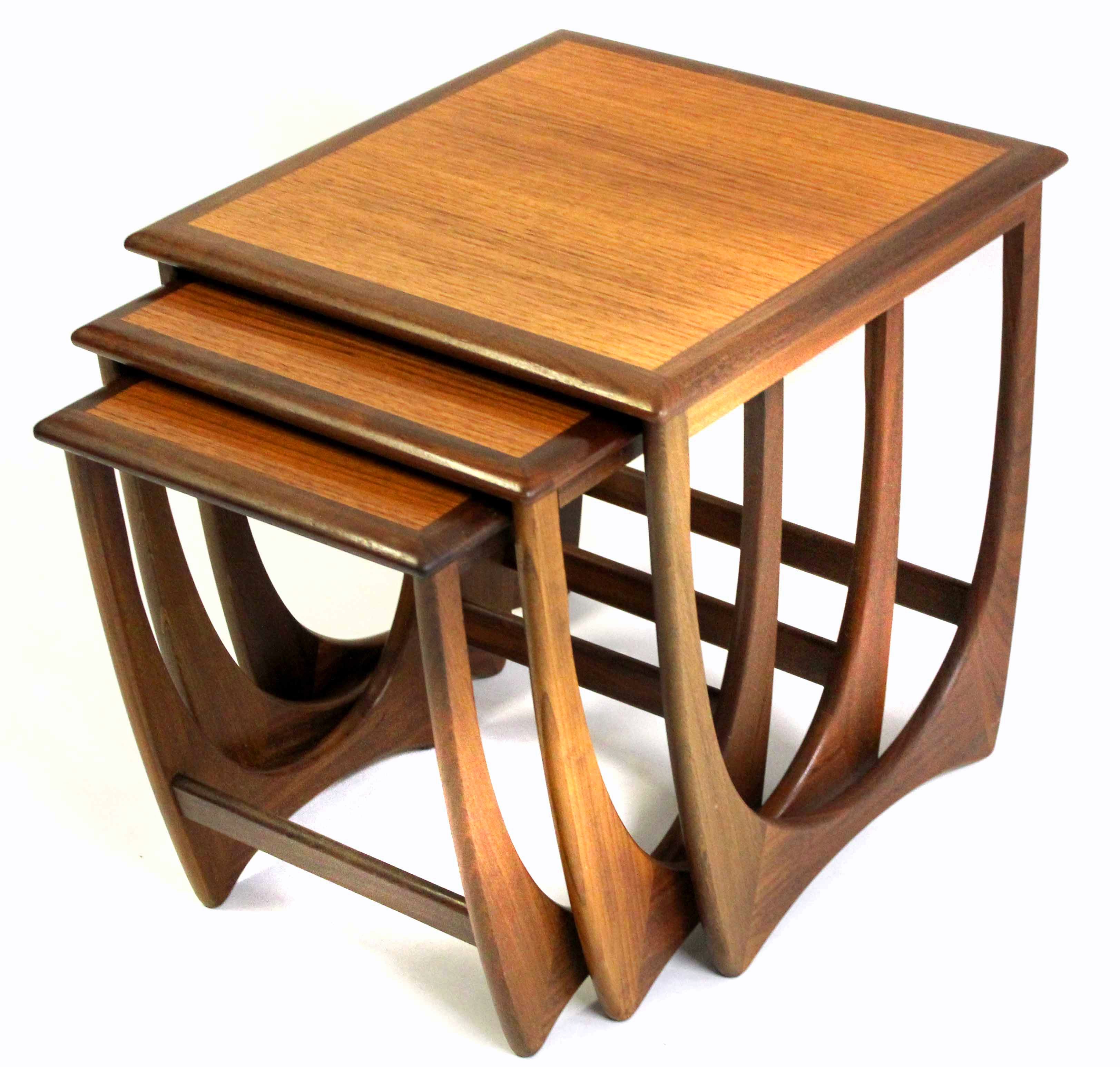

12/01/2024 General News
The new year is always a busy time for estate agents, as people adopt a ‘new year, new home’ attitude and resolve to find their perfect abode, writes Tim Blyth. It is also a time for positive resolutions, and at a time when much of the country is once again under water as a direct result of climate change, sustainability is likely to be at the forefront of many people’s minds.
Of course, moving house often leads to the need to acquire new furniture, and it is here that more and more people are realising that buying older, pre-owned pieces rather than shopping from brand new items, has a considerably lower impact on the planet.
It is more than ten years now since a landmark report by Carbon Clear, an independent consultancy specialising in carbon management and carbon accounting, confirmed that antiques are officially green.
The study calculated that a mahogany-veneered chest of drawers dating from 1830 was likely to contribute 16 times less carbon than an equivalent modern piece, even taking into account restoration work undertaken during its life.
The antiques trade is the oldest recycling business in the world, as well as preserving our heritage for future generations. By encouraging reuse and upcycling, it reduces landfill, reduces wasteful energy spent on manufacturing unnecessary new items, and thus reduces carbon emissions.
Salerooms like Keys are in fact some of the largest recycling centres around. We give what millennials like to call a ‘second life’ to thousands of items every year.
Although this is nothing new, the extent to which the benefits of this sustainability are becoming more clear. We now know that simply throwing things in the skip is wasteful. How many perfectly serviceable pieces of furniture were thrown into a dumpster at the tip simply because they had fallen out of fashion? And how many of those pieces are now very much sought after in the saleroom?
A good example of this is mid-century ‘democratic’ design such as Ercol and G-Plan. In the 1970s you couldn’t give such pieces away, but now they are fetching good prices at auction, as a whole new generation recognise not just the quality of the design and build, but also the environmental benefits in choosing pre-existing furniture over brand-new pieces whose manufacture will inevitably have an impact on the planet.
There are economic benefits, too. Modern reproduction furniture can carry a very large price tag, far beyond the cost at auction of buying an original piece on which such reproductions are modelled. Of course, top-end rare pieces will still fetch high prices, but week-in, week-out buyers are discovering excellent quality pieces at affordable prices in the saleroom.
Our society has become one which is quick to throw things away. ‘Fast fashion’ remains prevalent, too much is disposable. But we are now seeing a backlash against this, with more and more people stopping to think about how what they buy will impact on the world around us.
Our monthly Antiques & Interiors Sales now attract a very different audience to the traditional ‘antiques’ group of collectors and dealers. We deliberately hold the furniture and interiors part of the sale on a Saturday, and many of the buyers we see at the saleroom might otherwise be browsing in their local furniture store.
Buying pre-owned furniture and furnishings at auction remains a great way to fill your home with beautiful items with a real back-story, items which can genuinely be called unique. But now you can do so in the knowledge that they are much more sustainable as well. Recycling, upcycling, call it what you will, one thing is clear: antiques are green.